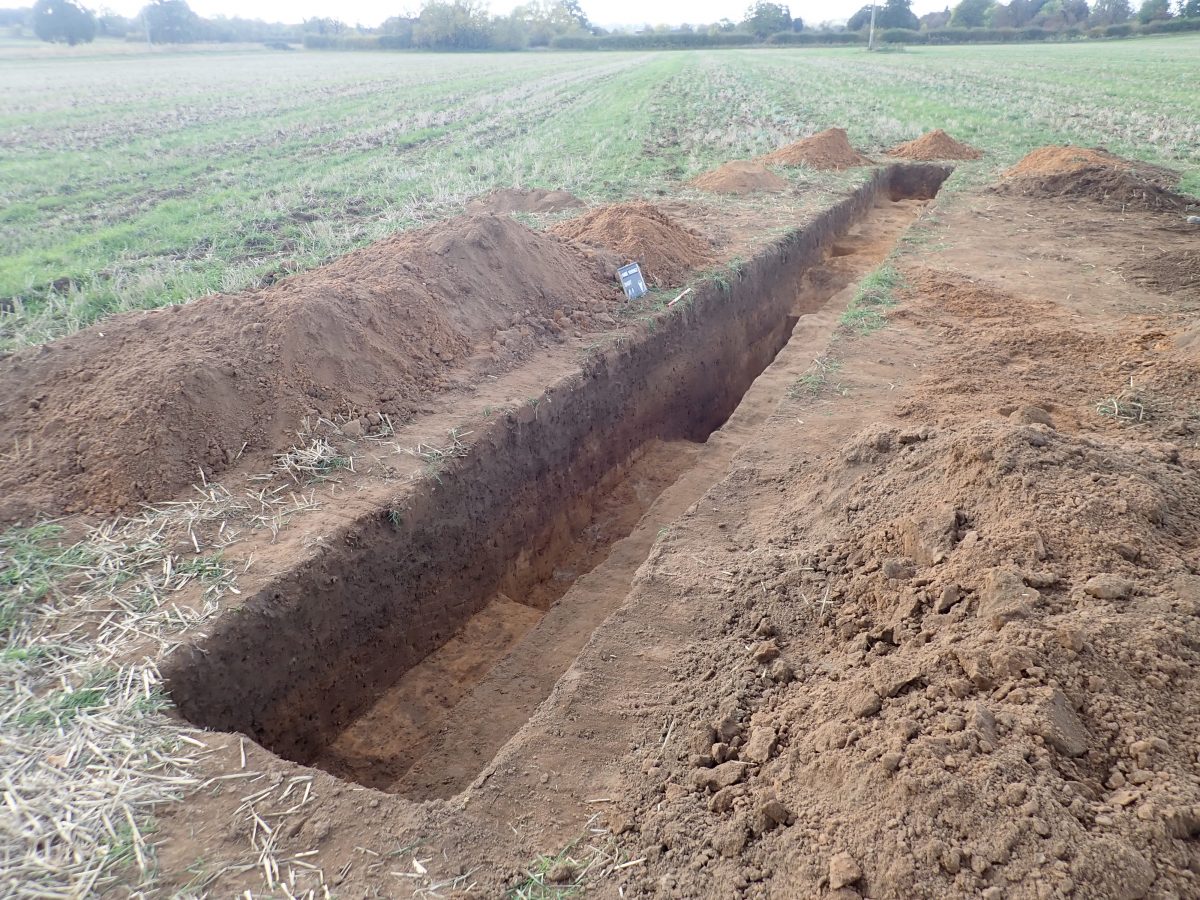Looking for a Long Barrow
Jonathan Smith, one of our Project Officers, has been searching for a long barrow this week, with varied results. Long Barrows are the earliest built burial places in the English landscape. They are also an important part of the Lincolnshire landscape. As such we have teamed with Historic England to conduct an exciting project examining and recording the known long barrows in Lincolnshire. This will help facilitate further research and preservation of these monuments.
Geophysical Surveys
Lincolnshire barrow builders seemed to have favoured the Wolds. Here the higher landscape helps to make them more visible. However, this barrow was to the west of Grantham. It was first noticed in aerial photographs taken in 1960, but at eye level it is completely invisible. Our normal procedure for investigating these monuments has been to conduct a non-intrusive magnetometry survey. However, in this case the monument remained hidden.
Our second attempt was to use a restivity meter. Restivity surveys are another non-intrusive archaeological technique. They electricity to examine changes in soil moisture. Whilst this revealed some of the monument, frustratingly we were still lacking the detail required. So the only option left was archaeological excavation. Having received the appropriate permissions Jonathan, with a small team, excavated a small trench by hand across the site.
Excavation
Even with excavation, this was a confusing monument. The main interpretation of the results is that 4,500-6,000 years ago there was a natural sand bar which stood above the level of the surrounding landscape. A Neolithic community may have used this natural feature to create a barrow mound encircled by a small ditch. Once the monument fell out of use, the sand eroded and the ditch quickly filled up, making it very difficult to spot with a magnetometer 6,000 years later. Over thousands of years, a deep subsoil then built up in the landscape surrounding the mound. In more recent history, the top of the mound would have then be taken off by ploughing, making the whole area appear flat.
However, the evidence is so faint that there is still a debate going on in the office over whether it is a long barrow at all!

